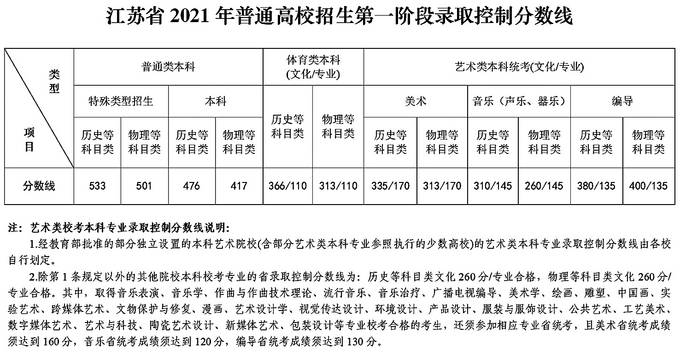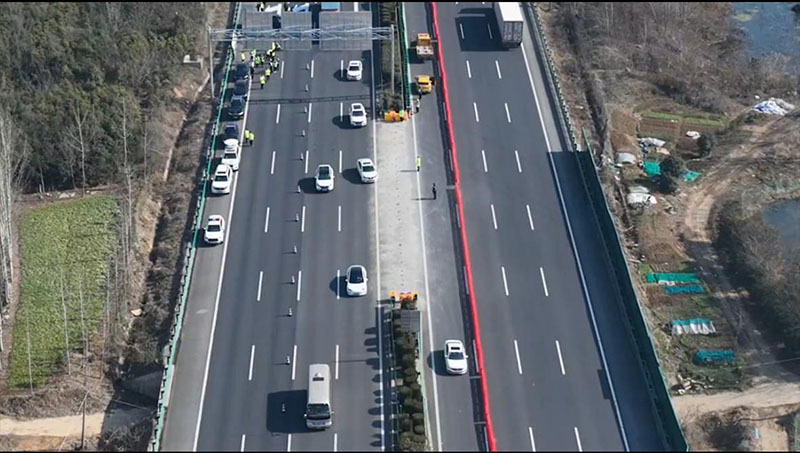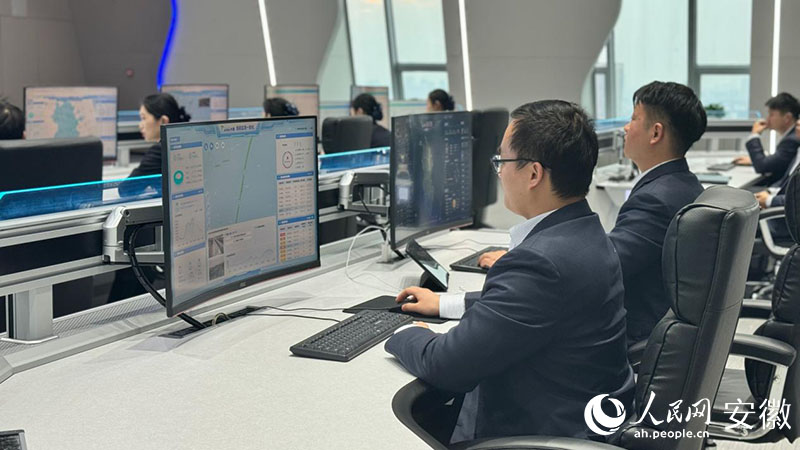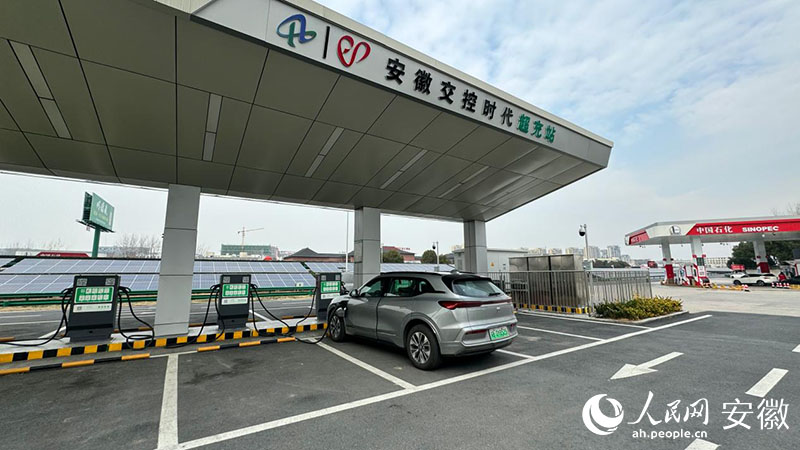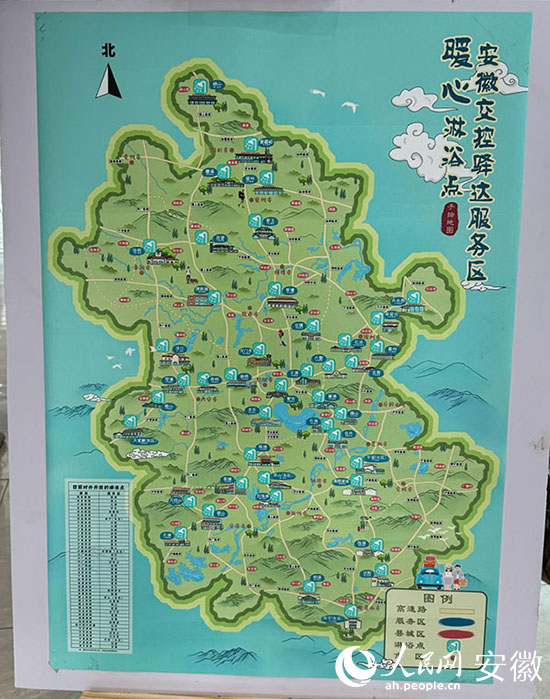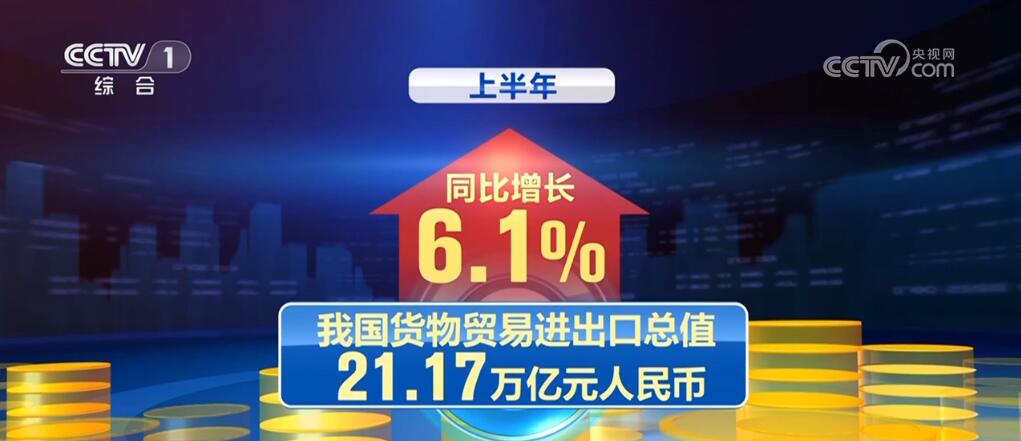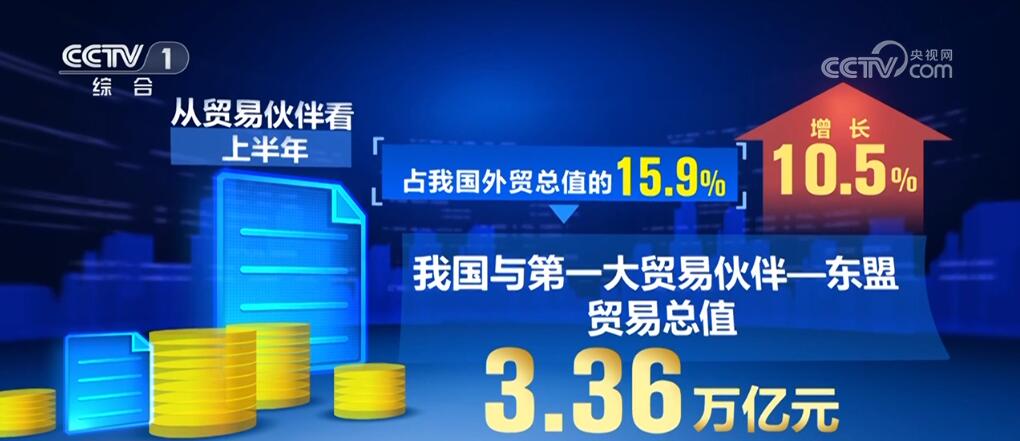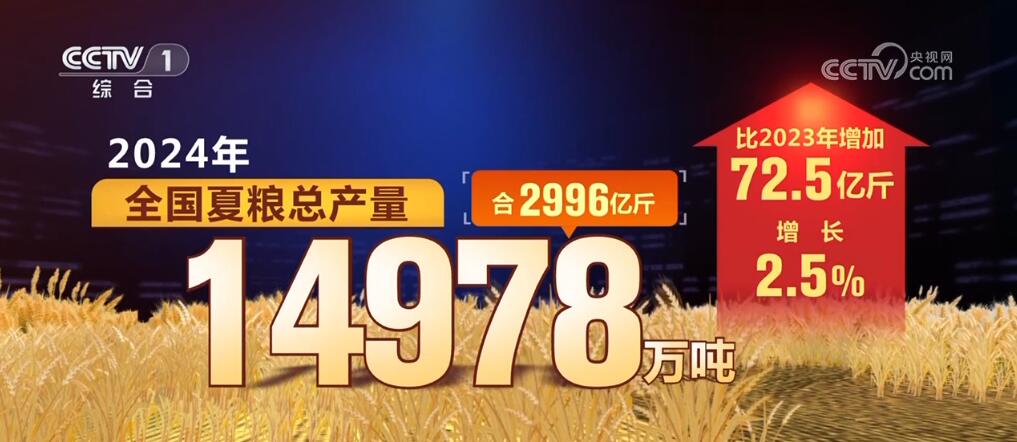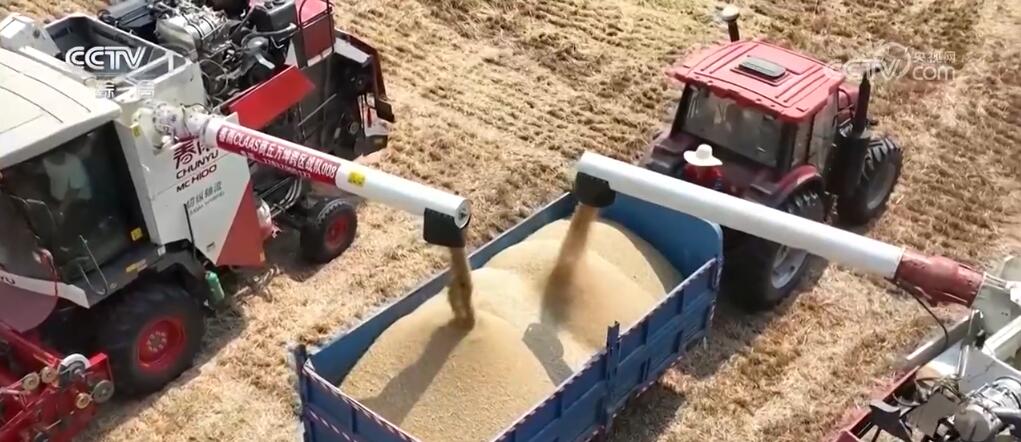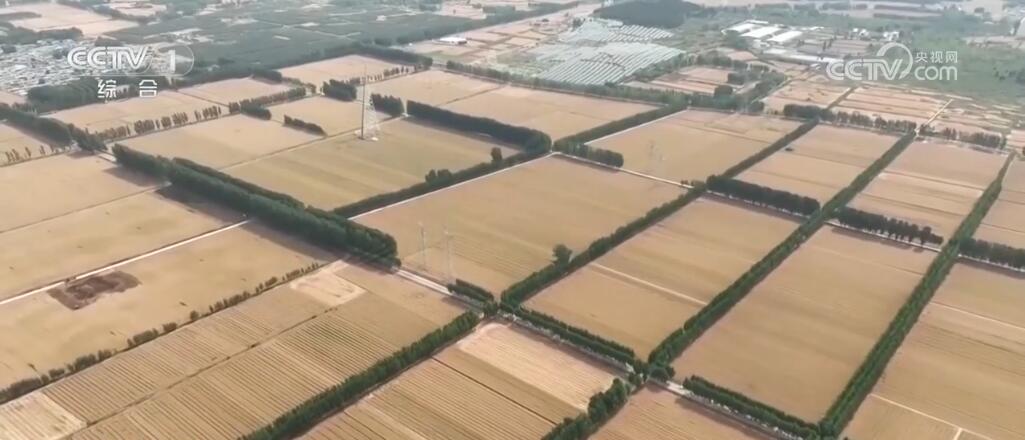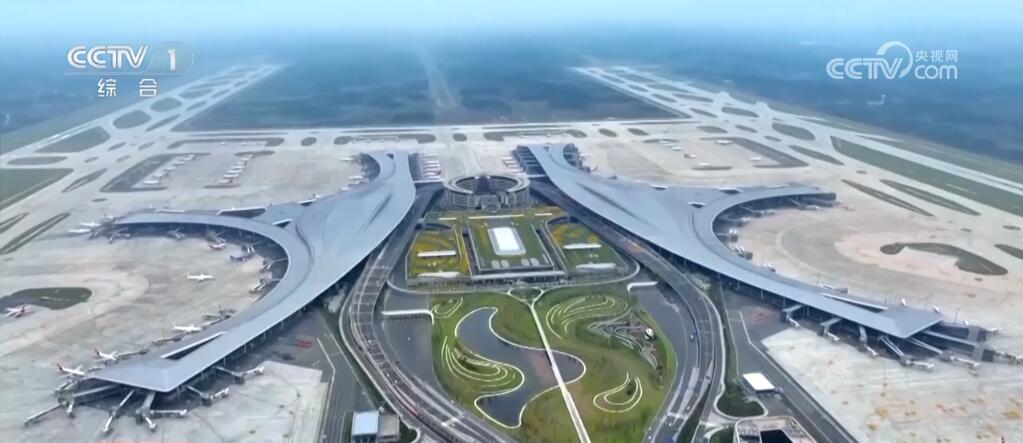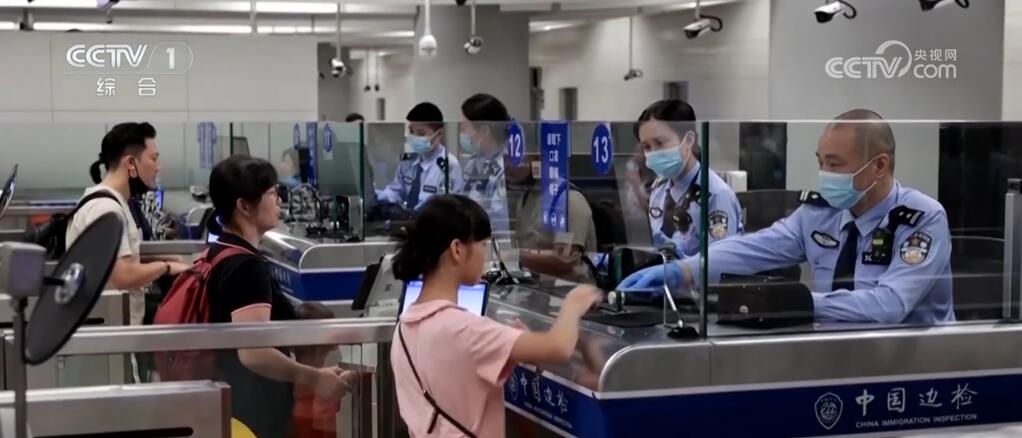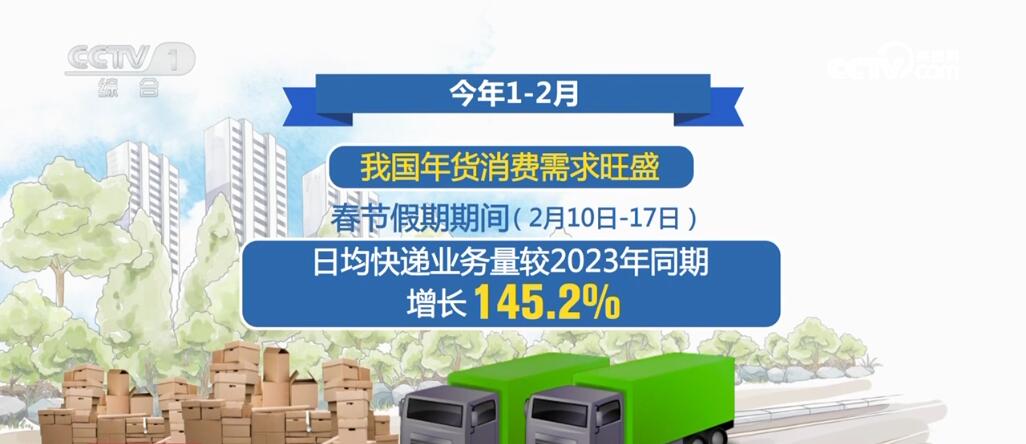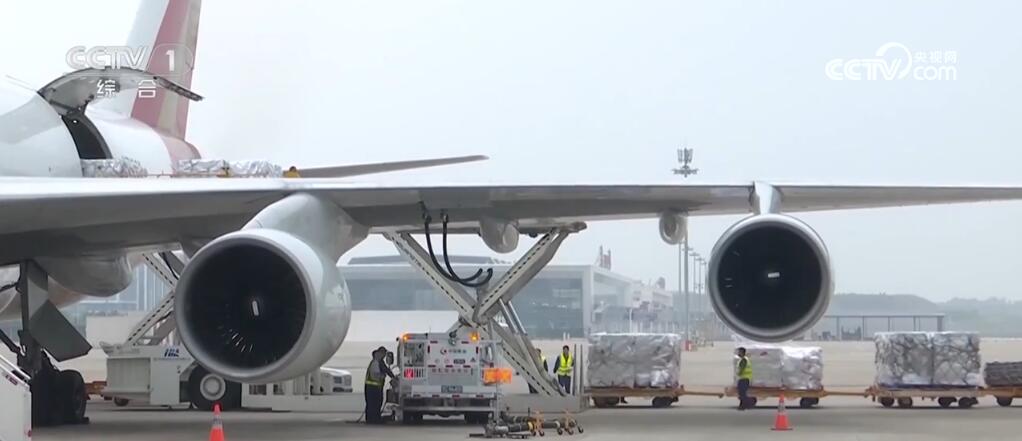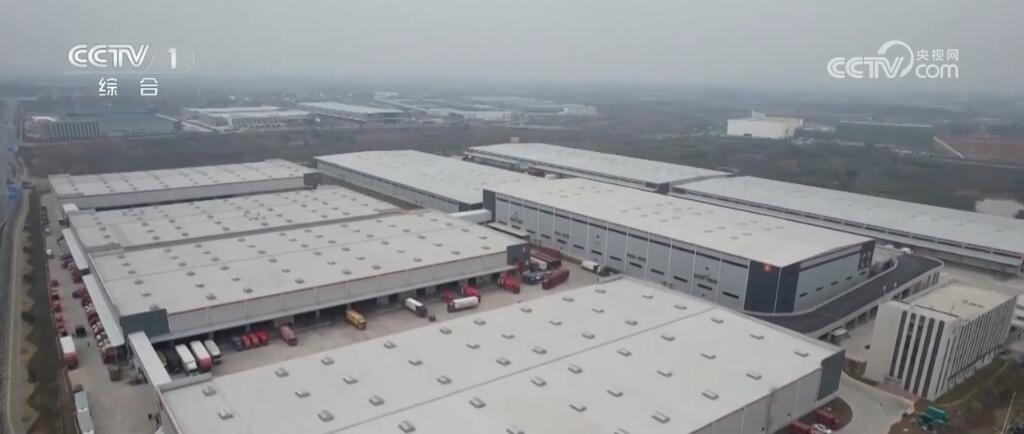Can food safety legislation prevent the "Sanlu incident" from happening again?
Xinhuanet Beijing, October 23 rd (Xinhua News Agency "Xinhua Viewpoint" reporters Zhou Tingyu, Zhang Jingyang, Zou Shengwen) People eat for the sky. Sanlu brand infant milk powder incident shocked the world, and also made the draft food safety law in the third trial in the National People’s Congress Standing Committee (NPCSC) more concerned. People are saddened by the "Sanlu incident" and can’t help but ask: What can we use to ensure our most basic need-food safety? Can food safety legislation prevent the "Sanlu incident" from happening again?
Liu Xirong, vice chairman of the Law Committee of the National People’s Congress, pointed out on the 23rd that in view of the Sanlu incident, the draft food safety law was revised in eight aspects, so as to prevent and deal with such major food safety accidents from the legal system.
Highlight the whole process of supervision and emphasize the responsibilities and communication and cooperation of local governments and departments.
The investigation of "Sanlu incident" found that the problem milk powder was caused by the addition of melamine by criminals during the purchase of raw milk. However, after the incident, the "milk station" in the raw milk purchase process was not clearly regulated by which department, and the supervision of the source of milk powder production was a blank.
In some places, there are some problems in subsection supervision, such as lax division of labor, multiple law enforcement, unclear responsibilities, and "broken" supervision chain. Therefore, the third draft of the draft food safety law emphasizes the responsibilities of local governments and relevant departments and highlights "full supervision and management", that is, there can be no gaps from the source to the table.
The draft stipulates that the local people’s governments at or above the county level shall organize and coordinate the food safety supervision and management in their respective administrative areas, establish and improve the coordination mechanism for food safety supervision and management, and implement the whole process of food safety supervision and management.
The local people’s governments at or above the county level shall, in accordance with this Law and the provisions of the State Council, determine the food safety supervision and management responsibilities of the health administration, agricultural administration, quality supervision, industrial and commercial administration and food and drug supervision and management departments at the corresponding level. The relevant departments shall be responsible for the supervision and administration of food safety within their respective functions and duties.
At the same time, the draft also adds provisions that the above departments should strengthen communication and close cooperation, exercise their functions and powers according to law and assume responsibilities according to their respective division of responsibilities.
The person in charge of relevant departments in the National People’s Congress Standing Committee (NPCSC) said that during the second trial of the draft, Committee member the National People’s Congress Standing Committee (NPCSC) suggested that the supervision responsibilities of some local departments were unclear and the cooperation was insufficient, and the system of food safety supervision should be further clarified. After the "Sanlu incident", the whole society has higher requirements for establishing a supervision system that can truly ensure food safety and ensure public health.
"In order to truly realize effective supervision and prevent such serious food safety accidents from happening again, we should plug the loopholes in supervision from the legal system and establish a supervision system that is administrative according to law, coordinated and efficient, consistent with powers and responsibilities and clear in accountability." The person in charge said.
Control the spread of accidents as soon as possible and strengthen the monitoring and evaluation of food safety risks.
According to media reports, as early as March this year, consumers reported the quality problems of Sanlu brand infant milk powder to the relevant departments, but they did not pay enough attention to it. It was not until September that they began to deal with it as a problem. The failure of the early warning mechanism is one of the major problems exposed by the Sanlu incident.
Liu Xirong said that in order to facilitate the timely detection of potential safety hazards in food and take corresponding management measures to deal with them, the third draft of the Food Safety Law added provisions to strengthen food safety risk monitoring and assessment:
-the State Council agricultural administration, quality supervision, industrial and commercial administration and the State Food and Drug Administration and other relevant departments shall immediately notify the health administrative department of the State Council after learning the information about food safety risks. After verifying the information, the health administrative department of the State Council shall timely adjust the food safety risk monitoring plan.
—— If the health administrative department of the State Council City finds that there may be potential safety hazards in food through food safety risk monitoring or receiving reports, it shall immediately conduct inspection according to law and conduct food safety risk assessment.
Relevant persons pointed out that in food safety supervision, the risk monitoring and evaluation of food safety is a front-end system, which is a technical and basic system to prevent food safety accidents. This is also a relatively common system in the world.
This draft emphasizes in particular that, after learning the information of food safety risks, the health department should adjust the risk monitoring plan in time to monitor the signs of risks; At the same time, it emphasizes the seamless connection between risk monitoring, risk assessment and follow-up inspection system.
According to the requirements of the draft, once food hidden dangers are discovered, measures should be taken immediately, and they cannot be left unchecked. "If the early warning system can play an effective role, the food safety problem in Sanlu will not spread to such a serious extent and cause such a big loss." The person concerned said.
Strengthen the revision and use supervision of food additive standards
Melamine is a slightly toxic chemical raw material, not a food additive, but it has been added to dairy products by criminals. Inadequate monitoring of illegal use of additives and the addition of illegal substances is one of the important reasons leading to the Sanlu incident.
In order to prevent the irregular use and abuse of food additives and ensure the safety of food sources, the third draft of the Food Safety Law has made corresponding provisions on the production and operation, catalogue scope, use and label of food additives. Among them, two special provisions have been added:
-The administrative department of health of the State Council shall, according to the results of food safety risk assessment, revise the standards of varieties, scope of use and dosage of food additives in a timely manner, and only those that have been proved to be safe and reliable and technically necessary after risk assessment can be included in the permitted range of food additives.
-Food producers shall use food additives in accordance with the provisions of food safety standards on the varieties, application scope and dosage of food additives, and shall not use chemicals other than food additives or other substances harmful to human health in food production.
Relevant persons believe that the supervision of food additives is an important aspect of the revision of the draft food safety law. According to the new regulations, even harmless substances are not listed in the catalogue and are not allowed to be added to food.
Perfecting the food recall system and emphasizing the responsibility of the government in the recall
Since March this year, Sanlu Group has received some complaints from consumers suffering from urolithiasis, and the group has also carried out some investigations, but failed to take effective measures in time, which led to the expansion of the situation. It was not until September that Sanlu Group recalled some market products and sealed the products that had not yet left the warehouse.
According to the provisions of the second draft of the Food Safety Law, food recall is an independent behavior of enterprises, and enterprises should take the initiative to recall their own food when they find something wrong. When a sales operator finds a problem, he shall immediately notify the producer to recall it.
In this regard, some members of the National People’s Congress Standing Committee (NPCSC) suggested that the implementation of the food recall system should not only rely on enterprises’ consciousness, but also emphasize the responsibility of the government. In the case that enterprises do not take the initiative to recall, the government should order enterprises to recall unqualified food.
To this end, on the basis of stipulating that enterprises should take the initiative to recall and deal with the problem products, the third draft of the draft has added the stipulation that enterprises should report the food recall and treatment to the quality supervision department at or above the county level.
The draft also emphasizes the responsibility of the government in the recall. The draft stipulates that if food producers and business operators fail to recall or stop operating foods that do not meet food safety standards in accordance with the provisions of this law, the quality supervision and industrial and commercial administrative departments at or above the county level may order them to recall or stop operating.
The draft also makes relevant provisions on the recall system in the chapter on the handling of food safety accidents, requiring the health administrative department at or above the county level to promptly investigate and deal with the relevant agricultural administration, quality supervision, industrial and commercial administration and food and drug supervision and management departments after receiving the report of food safety accidents, and order food producers and operators to recall, stop business and destroy the food and its raw materials that are confirmed to be contaminated according to regulations.
????Abolish the system of exemption from inspection and strengthen food inspection
????Sanlu group was once the largest milk powder producer in China, and Sanlu milk powder was once one of the assured products announced by the General Administration of Quality Supervision, Inspection and Quarantine, and it was also a product exempt from inspection. But this "Sanlu incident" just shows that exemption from inspection is not equal to safety, and the failure of inspection means will bring serious consequences.
????Therefore, it is clearly stipulated in the third draft of the Food Safety Law that the food safety supervision and management department shall not exempt the food from inspection, and legalize the previous measures of abolishing the inspection exemption in the State Council.
????The draft also stipulates that quality supervision, industry and commerce administration and food and drug supervision and administration departments at or above the county level shall conduct regular or irregular sampling inspection of food.
????Relevant persons said that food inspection is an important part of food safety, and the regulatory authorities cannot give up their responsibilities. In the face of quality and safety, big and small brands should be treated equally, and the supervision of big brands should be even stricter, because the greater the influence of brand products, the more people will be affected.
????Food safety standards should be based on ensuring public health.
????It is understood that China’s current food safety standards include agricultural product quality and safety standards, food hygiene standards, food quality standards and some industry standards.
????In view of the phenomenon of non-uniform standards, some members of the National People’s Congress Standing Committee (NPCSC) proposed that the draft food safety law should clearly define the basic principles for formulating food safety standards. To this end, the third draft of the draft stipulates that food safety standards should be formulated with the aim of ensuring public health, and the content should be scientific, reasonable, safe and reliable.
????According to the draft food safety law, the health administrative department of the State Council will be responsible for formulating and publishing uniform and mandatory food safety standards.
????Relevant persons pointed out that the above provisions can prevent the standards from fighting with each other on the one hand, and avoid some standards that have no effect on ensuring food safety on the other. According to reports, some existing regulations, such as steamed bread must be round and the diameter of Yuanxiao must be several centimeters, have no effect on food safety.
????Strengthen the supervision of small food workshops and vendors
????In this "Sanlu incident", some large dairy enterprises have developed rapidly in production scale, and their own milk sources are difficult to meet production, so they buy a large number of milk sources from farmers and retail investors, which makes the quality difficult to supervise.
????Not only in the dairy industry, but also in the whole food industry, a large number of scattered food workshops and vendors are the places with the most hidden dangers of food safety accidents.
????The draft food safety law has stipulated that the state shall implement a licensing system for food production and operation. However, food production enterprises above designated size account for about 25% of the total number of production enterprises in China, and small food workshops account for the majority, which cannot be extended by the licensing system. Therefore, it is necessary to strengthen daily supervision and management to ensure food safety.
????Some members of the National People’s Congress Standing Committee (NPCSC) suggested that the draft food safety law should clarify that the government should strengthen supervision over small food workshops and vendors.
????Therefore, in the third draft of the Food Safety Law, the relevant provisions were revised as follows: small food production and processing workshops and food vendors engaged in food production and marketing activities should meet the food safety requirements stipulated in this Law that are appropriate to the scale and conditions of their production and marketing, and ensure that the food they produce and market is hygienic, non-toxic and harmless, and the relevant departments should strengthen supervision and management. The specific management measures shall be formulated by the standing committees of the people’s congresses of provinces, autonomous regions and municipalities directly under the Central Government in accordance with this Law.
??? Emphasize the reporting system and improve the handling mechanism of food safety accidents
????The reporting system has relatively perfect provisions in many laws, including the Emergency Response Law, and even stipulates how many hours the report must be carried out. However, the relevant parties in the "Sanlu incident" did not implement this system.
????In order to solve this problem, the third draft of the draft food safety law specifically reiterated the reporting system: units that have food safety accidents should be disposed of immediately to prevent the accidents from expanding. The accident unit and the unit receiving the patient for treatment shall report to the county health administrative department where the accident occurred in time.
????The draft also clearly pointed out that the food safety supervision department should immediately notify the health administrative department when it finds or receives a report of food safety accidents. In the event of a major food safety accident, the health administrative department shall report it step by step according to the regulations. No unit or individual may conceal, falsely report or delay reporting food safety accidents, and may not destroy relevant evidence.
????According to the provisions of the draft, the people’s governments at or above the county level should set up a food safety accident handling command organization and start an emergency plan; If food safety accidents involving more than two provinces are involved, the administrative department of health of the State Council shall organize an accident responsibility investigation.
????The draft food safety law clearly stipulates the accountability system. The draft stipulates that those who cause personal, property or other damage shall be liable for compensation according to law, and those who constitute a crime shall be investigated for criminal responsibility according to law.
